The following review is written by our guest reviewer Kat Keller.
A group of childhood friends returns to their hometown after 27 years out of contact to grapple with a dark secret from their teen years that none of them can seem to fully remember. It sounds a lot like the plot of Stephen King’s novel It, but it’s also the starting premise of DON’T NOD’s latest game Lost Records: Bloom & Rage – a game that has been split into two release dates with the first half dropping February 18th and the second half to follow April 15th. This format should be familiar to fans of the studio’s previous narrative adventures, specifically Life is Strange which spanned five episodes with each subsequent episode releasing two months after the previous.
A mysterious package addressed to “Bloom & Rage” draws four women back to Echo Creek and into memories of the summer of 1995. Told largely in flashback, the player experiences the bloom of the friendship between Swann, Autumn, Nora, and Kat over the magical and lazy Limbo of summer before something made them swore to never speak to each other again. It’s about building the relationships between the girls, investing the player in the flawed and deeply human teenagers at the core of this story. This is where DON’T NOD shines – building characters that feel like they really exist with relationships that feel lived in so that the narrative has devastating emotional impact as it unfolds. Questions are built here in the first half – who sent the package? What do they remember? What did the girls do all those years ago that seems to be slowly coming back to them with proximity to each other? Players will have to trust that these questions are answered in the second half, but the studio has an excellent track record for providing satisfying conclusions.
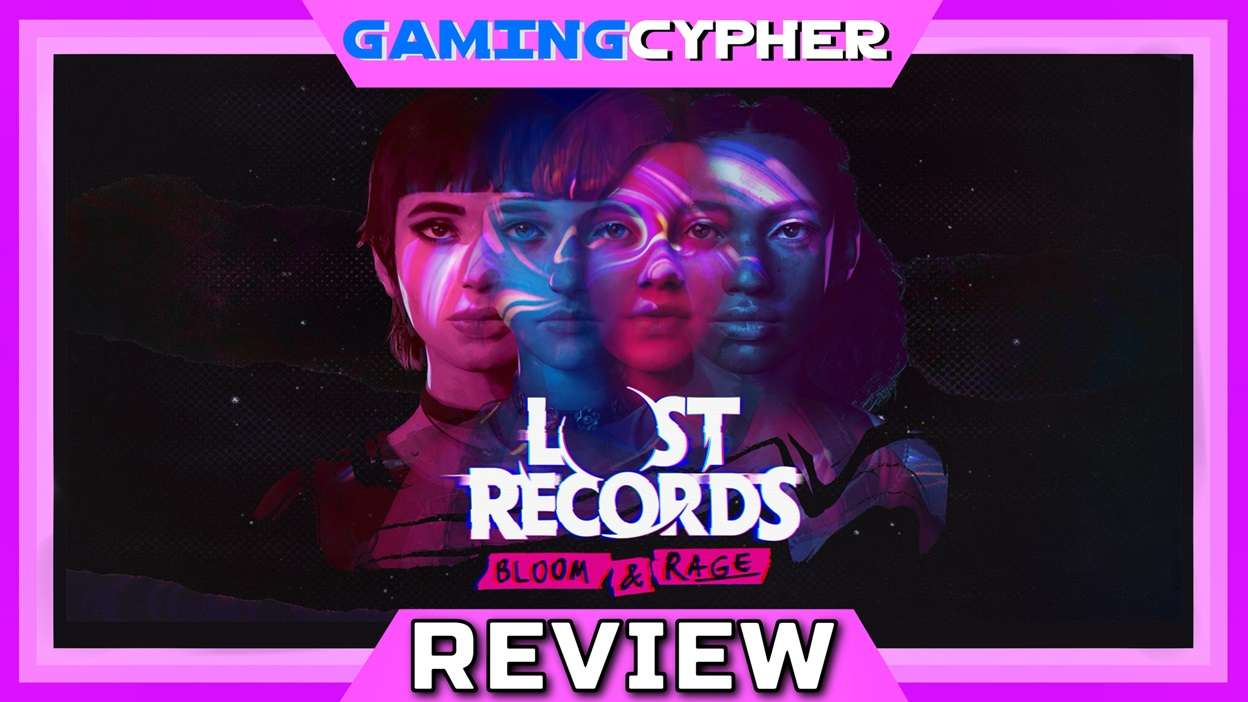
Choices matter here. Decisions to speak up or stay quiet, to be supportive or critical will all influence future narrative choices as well as the relationships between the central characters. It’s unclear currently how much impact those choices will have, but players won’t have to wait too long to find out.
Features from the studio’s previous offerings have been incorporated and improved on here. A camcorder mechanic in the game allows the player to film and edit their own version of the memories Swann is intent on capturing before her family’s planned move to Canada – reminiscent of Max Caulfield’s camera in Life is Strange. The game treats the reticle at the center of the screen as a focal point, bringing whatever the player looks at into sharp focus while things around blur and become less immediate. Playing with depth of field like this really creates an immersive experience, drawing you into a world that is beautifully rendered with incredible attention to detail. Players can reminisce about certain items onscreen, calling forth voices from the past, and the game encourages the player to do so because it will occasionally reveal a clue to something that will be relevant in future conversation. Each piece of the experience seems designed to play upon the idea of memory – the way we revise and forget things that can be called back into focus with the right prompting. Experiences both shared and wholly different when viewed through the lens of one person’s perspective.
Through music, the game invokes the vibe of the 90s without ever actually using anything made during that time period. Songs play as both background and central pieces with each one being made specifically for the game. It would have been easy to use songs from that time period, but it would run the risk of distracting from the experience. At times dreamy and soft, other times employing the loud distorted guitars and rage of 90s riot girl bands, the score is utilized to draw the player back into a time they may or may not have experienced for themselves.
There are some performance issues to be noted in the game, but they’re minor and cosmetic for the most part. Occasionally characters would do a head swivel reminiscent of Linda Blair in The Exorcist after looking almost straight back over the center of their spine. The movement, even when using the run mechanic, can feel a little sluggish, but that seems more like a feature than a design flaw. It forces the player to slow down and look around, to get immersed in the conversation happening around them.
Lost Records: Bloom & Rage is worth checking out if you enjoy narrative adventures. It’s a must play for fans of the Life is Strange franchise as well as anyone just looking to get a little lost in that feeling of being a teenager in the 90s.
For more information, follow the Lost Records: Bloom & Rage on X, Instagram and TikTok., and the official website. You can also follow DON’T NOD on Facebook, X and Instagram.
Related: Reviews by Nick Navarro
Gaming since I was given an original Nintendo as a kid. I love great storytelling and unique ingenuity. When both collide in a single game, I'm a happy gamer. Twitter/IG @NickNavarro87


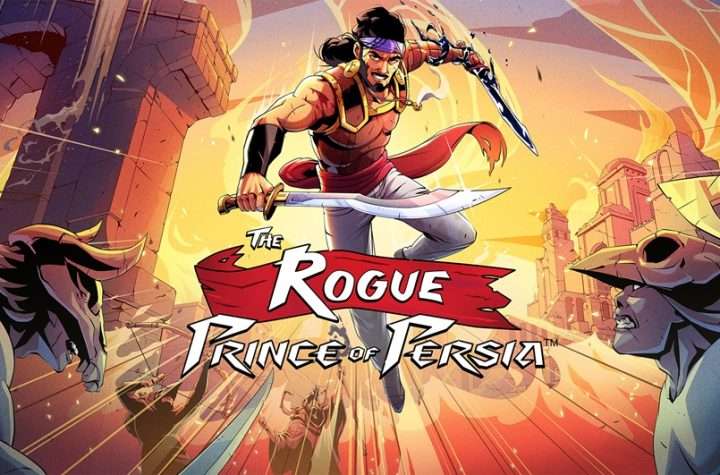
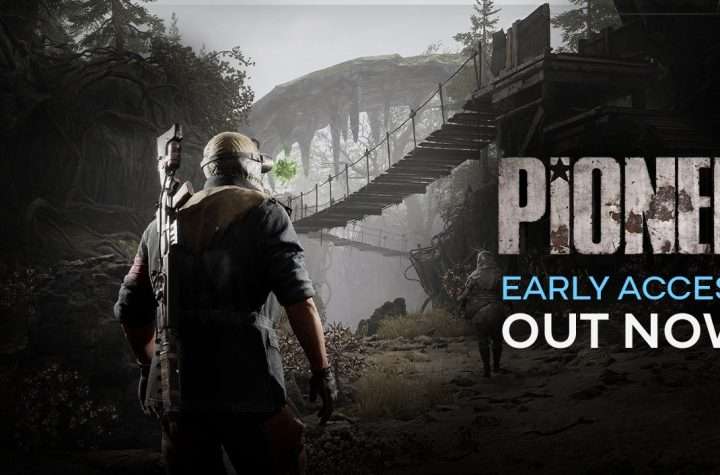
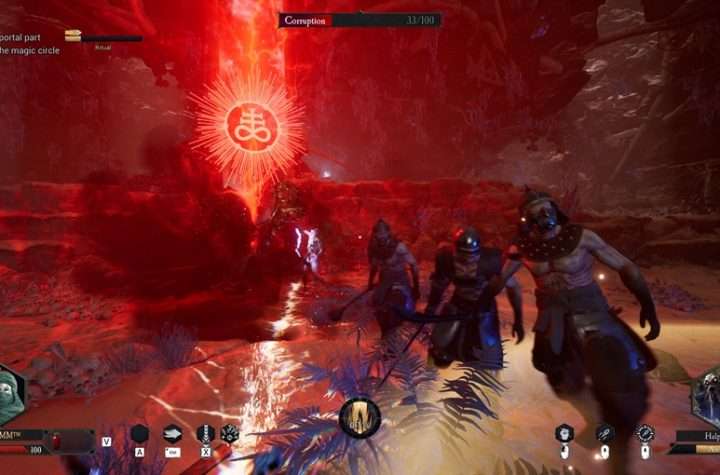
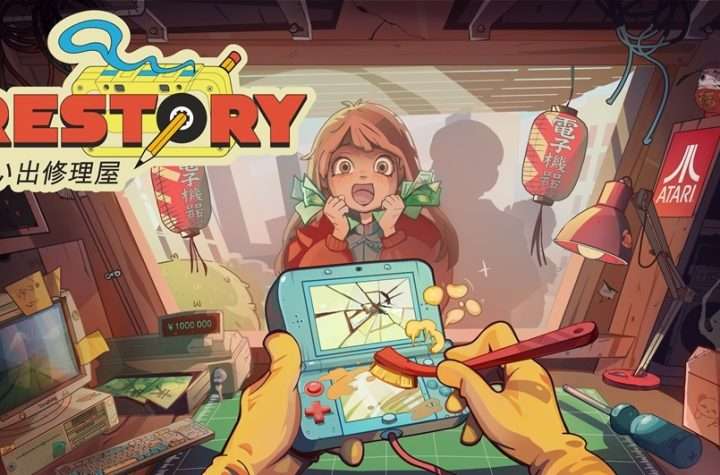
More Stories
DAIMON BLADES Preview for Steam Early Access
ReStory Preview for Steam
Firefighting Simulator: Ignite Releases Parker’s Story DLC for PC and Console